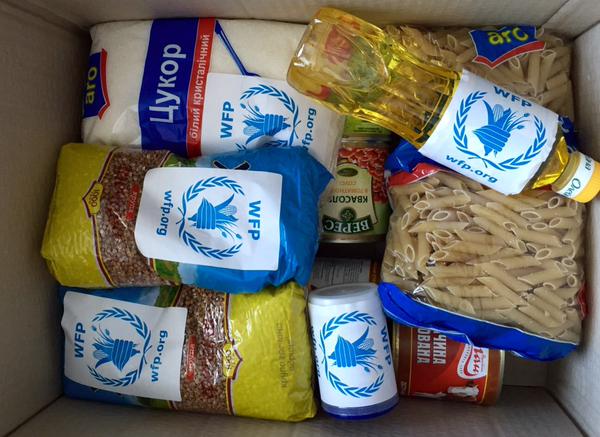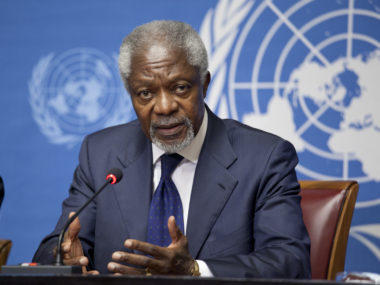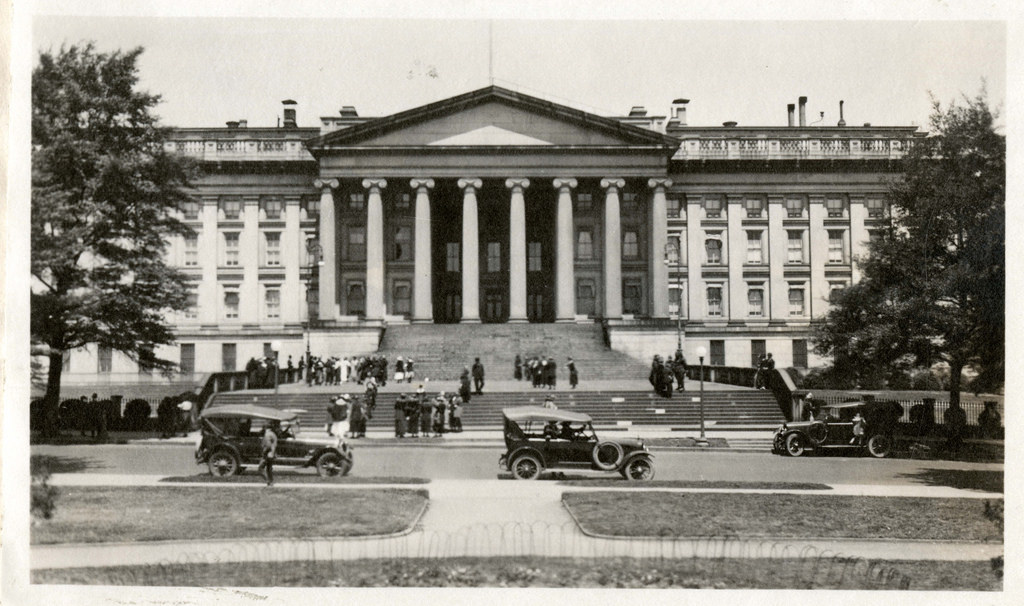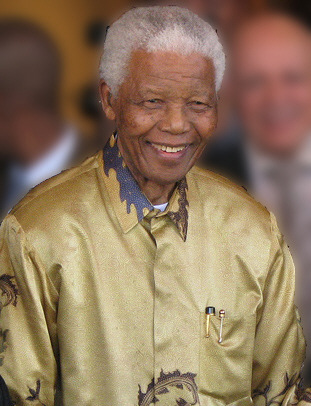Guest post by Ida Rudolfsen
Today the World Food Program (WFP) receives this year’s Nobel Peace Prize. The award has been called happily uncontroversial, following last year’s prize, which was awarded to Abiy Ahmed, the prime minister of Ethiopia, for making peace with Eritrea. The current conflict in the Tigray region calls into question the durability of that peace.
The award is also timely, as estimates show that, accelerated by the COVID-19 pandemic, more than a quarter of a billion people will face acute hunger by the end of the year, increasing from 135 million to 265 million.
But given what we know from the research on food insecurity and conflict, it is not clear that aid organizations like WFP have a solely positive and pacifying effect on armed conflicts. Their role is often times more ambiguous. While it is welcome news that food insecurity is receiving more attention, food aid is not a magic bullet for peace in a conflict setting.
The WFP was awarded the Peace Prize “for its efforts to combat hunger, for its contribution to bettering conditions for peace in conflict-affected areas and for acting as a driving force in efforts to prevent the use of hunger as a weapon of war and conflict.”
The first part of the Nobel Committee’s rationale is straightforward, as combating hunger was the basis for the creation of WFP in 1961. Since then, the organization has played an important role in some of the gravest humanitarian crises, such as the famine in Ethiopia in the 1980s and the earthquake in Haiti in 2010.
But how the WFP has strengthened the basis for peace in conflict zones and prevented the use of hunger as a weapon in war is less straightforward.
In announcing the prize, the Nobel Committee stated that “war and conflict can cause food insecurity and hunger, just as hunger and food insecurity can cause latent conflicts to flare up and trigger the use of violence.” The link from armed conflict to food insecurity is well-documented. Armed conflicts tend to lead to a drop in agricultural production; crops are destroyed, and people are forced to flee their land—all of which contribute to reduced consumption and a worsened nutritional status. This link has also been acknowledged by the UN Security Council in Resolution 2417 in 2018, in which it also condemns the use of hunger as a weapon in war.
Because food insecurity tends to increase in conflict settings, food aid organizations such as the WFP spend a considerable amount of resources in conflict zones, in countries such as the Democratic Republic of Congo, Nigeria, South Sudan, Syria, and Yemen.
If food insecurity can lead to conflict, then improving access to food can contribute to more peaceful conditions, by, for example, spurring economic growth. This is most likely to be relevant for countries that are poor but have seen relatively few armed conflicts. However, when it comes to bettering conditions for peace in areas where conflict is persistent, the effectiveness of emergency food aid is less certain.
In some cases, food aid may unintentionally prolong suffering for those most affected by armed conflict. Though debated, research has shown that while food aid has little effect on the outbreak of conflict, it can increase its duration and worsen its impact on civilians. Valuable resources such as food can be captured by armed groups and used to fund the continuation of armed struggle. Armed groups may tax food aid recipients in exchange for protection or set up roadblocks and tax aid agencies for safe passage. An influx of aid may also create incentives for armed groups to violently target civilians.
Conflict termination tends to be seen as the overall goal, and the continuation of conflict is viewed as inherently bad, especially if rebel groups take control of food aid. But here, too, the picture is more complex. States are sometimes the perpetrators of gross human rights violations and food aid can be captured and misused by state forces. Research shows that, rather than going to those most in need, aid is more likely to be distributed where the government can secure popular support to maintain its power. In such settings, strangling food assistance to the opposition could certainly shorten the war, but also leave fundamental issues of state oppression unchanged.
Emergency relief organizations like the WFP often operate under extreme conditions and face difficult ethical tradeoffs when intervening in a conflict. As argued by Amartya Sen: “Starvation is the characteristic of some people not having enough food to eat. It is not the characteristic of there being not enough food to eat.” Thus, bettering conditions for peace in conflict-affected areas, and acting as a driving force to prevent the use of hunger as a weapon of war, is no easy task for an aid organization seeking to provide food relief.
Context and assistance targeting are important, and when done right, food aid provides badly needed emergency relief for populations exposed to extreme food insecurity. For this reason, this year’s Nobel Peace Prize is welcome, for bringing attention the issue of food insecurity and conflict and recognizing the important and challenging work of WFP. But provision of food aid does not cure violence and instability in the long run, and should not be seen as a replacement of conventional peacebuilding. Hunger does not occur in a vacuum; it is a consequence of misgovernance, marginalization, and fragility.
Ida Rudolfsen is a doctoral researcher at Uppsala University and the Peace Research Institute Oslo (PRIO).







